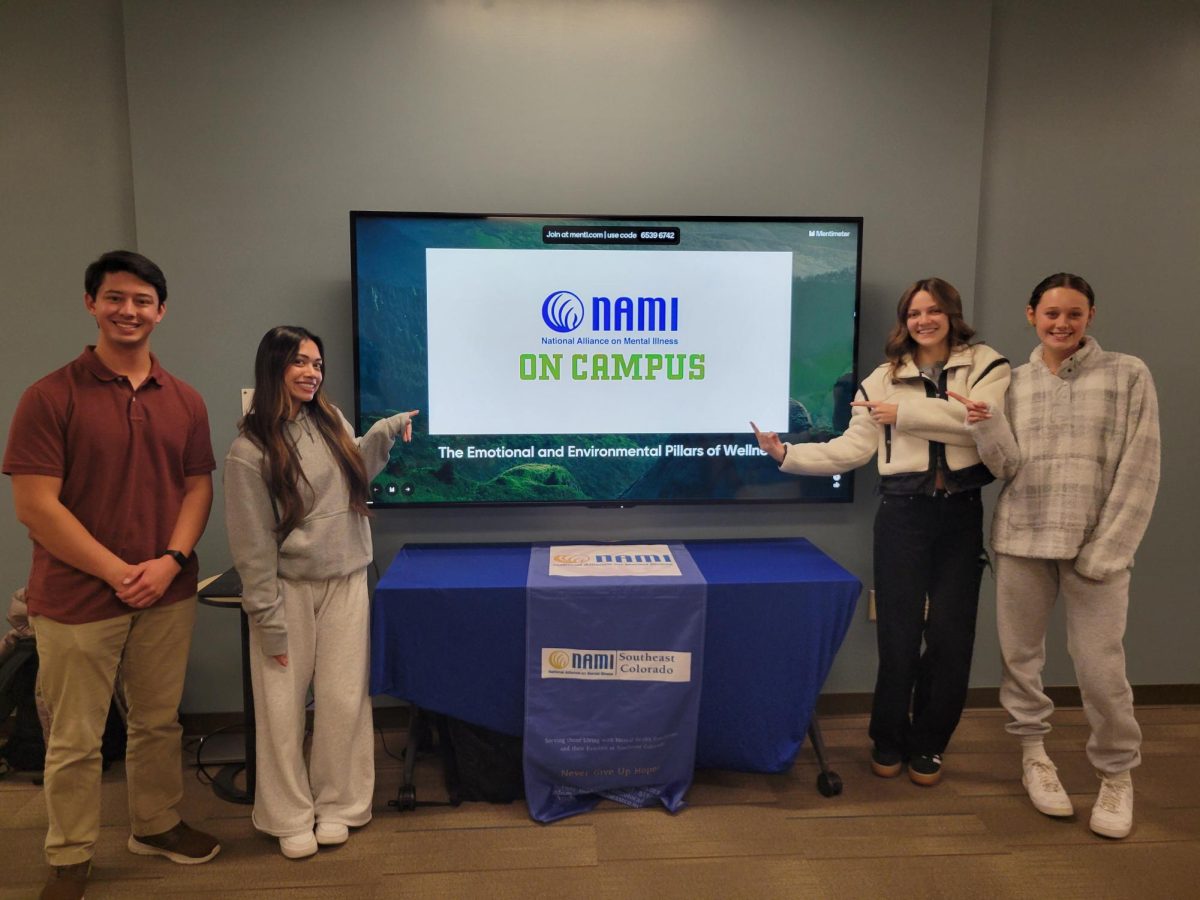Whr r u? i just saw john he sed hey i sed ytlkin2me? He sd yyssw i wuz rofl…ill cul8r…xxooxoxo.
If this makes sense to you, you are a part of a new generation, the generation of cell phones and texting. If you couldn’t decipher this message to save your life, don’t feel bad, you can still learn.
By the way the translation is: Where are you? I saw John, he said “hey”. I said, “Are you talking to me?” He said “yeah, yeah, sure, sure, whatever.” I was rolling on the floor laughing. I’ll call you later, hugs and kisses.
Cell phone use among young children, teens and young adults has skyrocketed in popularity during the past few years, bringing a new vocabulary of shorter, easier to type words. Gone are the days where being at school, or away from the house phone meant you were, simply, out of touch. Today you can reach anyone, at anytime
Children are getting cell phones at a younger age than ever. Jolynn Crownover, 22, a mass communications major said she got her first cell phone when she got her driver’s license.

“Cell phones are good for kids when they are away from supervision for safety,” Crownover said. “But texting can be dangerous. My grandpa got hit by a 16-year-old girl because she was texting.”
Mary Rehfeld, 21, believes kids should get their first cell phone when they enter high school.
“In high school kids start to separate themselves from parents because of relationships, driving and school activities,” Rehfeld said. “Cell phones create communication for families.”
Rehfeld agrees text messaging isn’t great. She said texting can be dangerous while driving and can be very distracting in all situations. In fact, she’s against all texting.
“Use a cell phone to verbally communicate, and use a computer if you need to send an e-mail.”
These two students have similar views on when you should first get a cell phone, but if you look around, you will see them at middle schools and even grade school playgrounds.
Stacy Petty graduated from CSU-Pueblo in 1990 with a bachelor’s degree in English. She currently teaches at Colorado Mountain College in Leadville, Colo. Petty said the students are exhibiting more problems every year with their writing skills.
“Texting is killing the students’ ability to write,” Petty said. “They want to text-talk in their papers and that is not acceptable when you get out into the world.”
Petty is worried that students who don’t go beyond the community college level are not going to have the necessary language skills to enter the workplace.
“I’m seeing students that cannot draft a simple piece of correspondence. They are beginning to write exactly how they text and that worries me,” Petty said.
Community colleges aren’t the only schools noticing the problem. It is perhaps even more pronounced at the high school level.
“Kids today are writing without using capitalization or punctuation,” said Alesha Watts, who graduated with her bachelor’s degree in English from CSU-Pueblo and currently teaches English at Pueblo West High School.
“I’m scared that if we see this decline continue, future students will have no writing skills at all,” Watts said. “It doesn’t matter how much we communicate by texting, everyone should know how to write correctly.”
This is a problem educators all over the world are going to have to solve. Cell phones are definitely not going away and even if the government makes the laws concerning cell phone use while driving more stringent, this kind of communication is here to stay.
Crownover believes texting is teaching youth to use bad grammar and diminishing communication skills.
“New technologies are teaching kids to move quickly in conversation, research, information and news,” Crownover said. “Not only grammar is being destroyed, but so are education and personal relationships.”
But onoh (on the other hand), we can look at it as a new language to learn. Ttfn (ta-ta for now)! Lol:)







